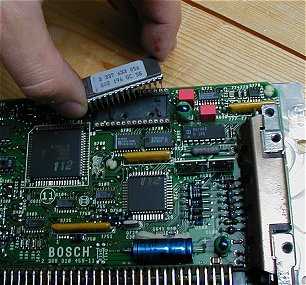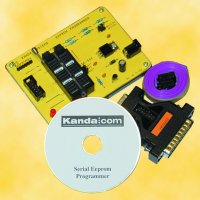
RAM.. is made from integrated circuits. At one time the most common kind of memory in mainframes was magnetic core, so many older programmers will refer to main memory as core memory even when the RAM is made from more modern technology. Static RAM is called static because it will continue to hold and store information even when power is removed. Magnetic core and reed relays are examples of static memory. Dynamic RAM is called dynamic because it loses all data when power is removed. Transistors and integrated circuits are examples of dynamic memory. It is possible to have battery back up for devices that are normally dynamic to turn them into static memory.

ROM.. is Read Only Memory (it is also random access, but only for reads). ROM is typically used to store thigns that will never change for the life of the computer, such as low level portions of an operating system. Some processors (or variations within processor families) might have RAM and/or ROM built into the same chip as the processor (normally used for processors used in standalone devices, such as arcade video games, ATMs, microwave ovens, car ignition systems, etc.).
EEPROM.... also called an E2PROM) or Electrically Erasable Programmable Read-Only Memory, is a non-volatile storage chip used in computers and other devices to store small amounts of volatile (configuration) data. When larger amounts of more static data are to be stored (such as in USB flash drives) other memory types like flash memory are more economical. 
EPROM, or erasable programmable read-only memory, is a type of computer memory chip that retains its data when its power supply is switched off. In other words, it is non-volatile. It is an array of floating-gate transistors individually programmed by an electronic device that supplies higher voltages than those normally used in electronic circuits. Once programmed, an EPROM can be erased only by exposing it to strong ultraviolet light. That UV light usually has a wavelength of 235nm (for optimum erasure time) and belongs to the UVC range of UV light. EPROMs are easily recognizable by the transparent fused quartz window in the top of the package, through which the silicon chip can be seen, and which permits UV light during erase.

Serial Port... A serial port transmit data one bit at a time. Typically on older PCs, a modem, mouse, or keyboard would be connected via serial ports. Serial cables are cheaper to make than parallel cables and easier to shield from.

The parallel port. of older PCs could transmit 8 bits of data at a time, so it was faster than the old serial port (just as more traffic can move along a multi-lane highway than can move along a one-lane road). The parallel port was typically used to connect a printer to the computer.

USB port.. USB (Universal Serial Bus) is a newer type of serial connection that is much faster than the old serial ports. USB is also much smarter and more versatile since it allows the “daisy chaining” of up to 127 USB peripherals connected to one port.USB ports can support the connection of many kinds of devices (keyboard, mouse, printer, audio in/out, external floppy or Zip drives, scanner, flash drive, etc.). Newer PCs and Macs include several USB ports, some often located in handy spots on the front panel of the computer case or the side of the keyboard. USB connections are hot-swappable (they can be connected and disconnected while the devices are turned on; this is not always true for older connection methods).An updated version, called USB 2.0 has a speed of 480 Mbits/sec, which is 40 times faster than the older USB port’s high-speed mode (the connectors look the same.
bus A common pathway between resources and devices. In a computer, there are two major types: the system bus and peripheral bus. The system bus, also known as the "frontside bus" or "local bus," is the internal path from the CPU to memory and is split into address bus and data bus subsets. Addresses are sent over the address lines to signal a memory location, and data are transferred over the data lines to that location.










